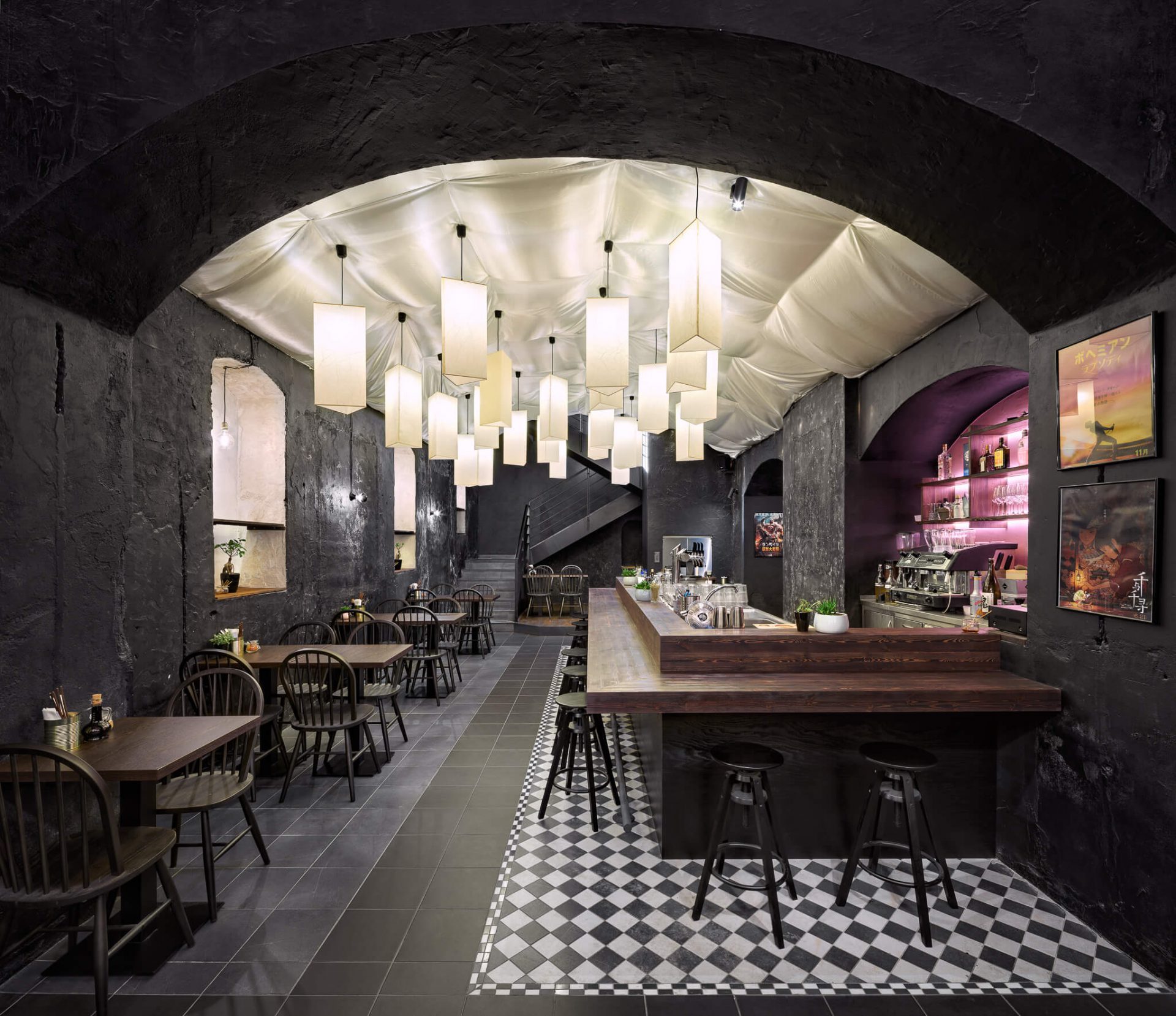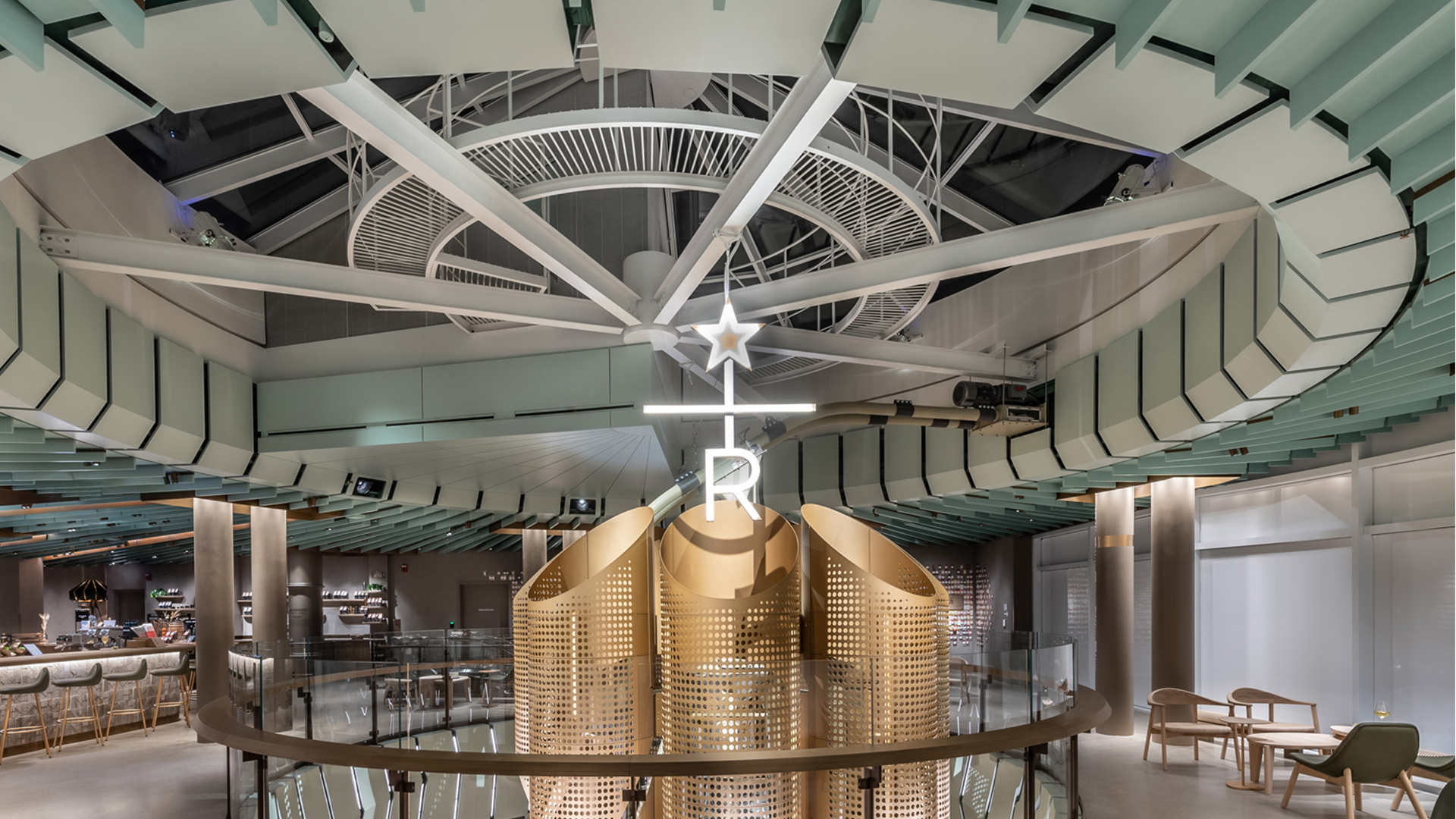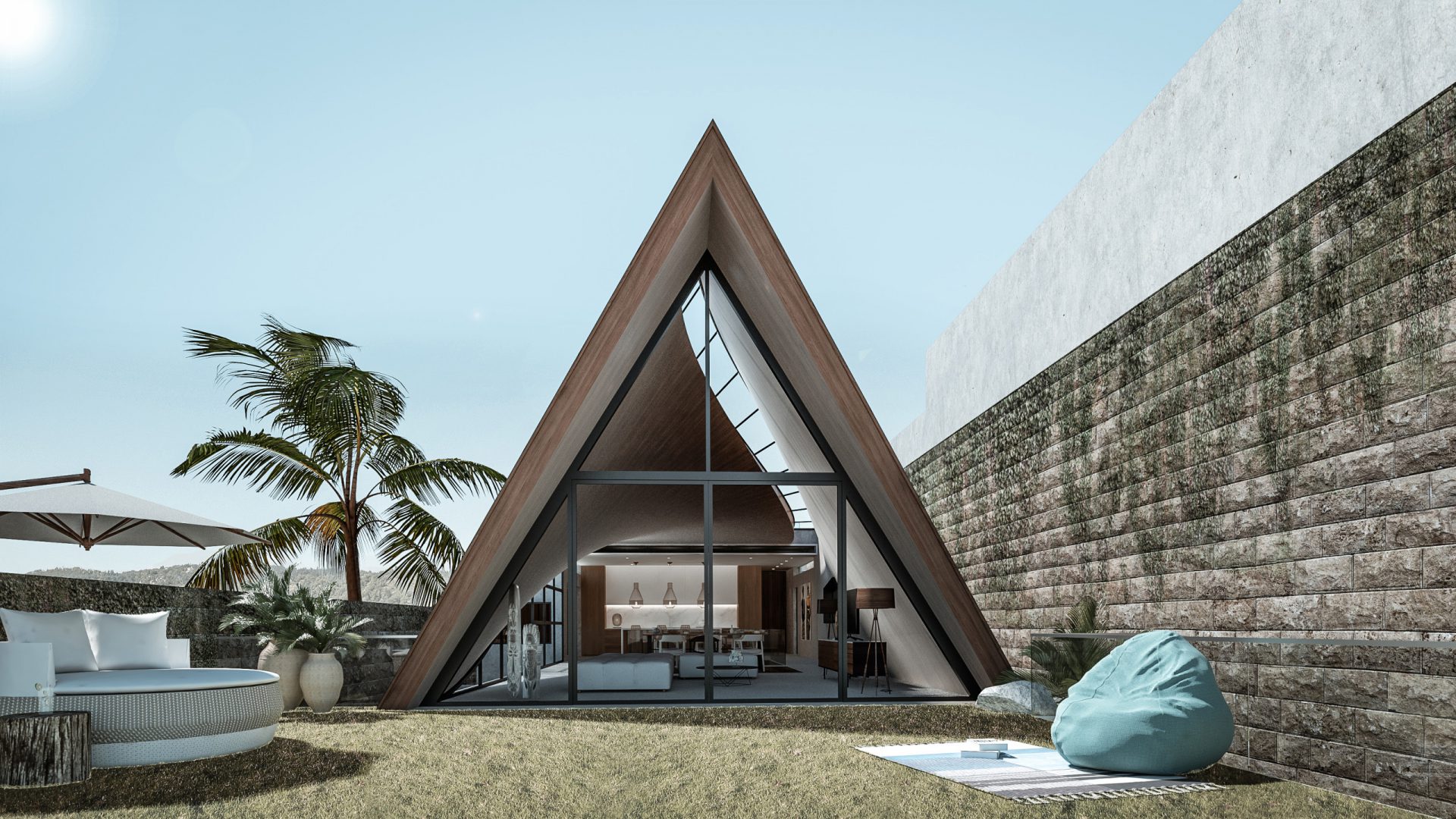The world’s first structure made from self-shaped wood components
Interview with Dylan Wood, a Research Associate at the ICD – University of Stuttgart, to know more about the Urbach Tower and wood panels that curve on their own

The Urbach Tower by University of Stuttgart is the world’s first structure made from self-shaped wood components. This pioneering technique transforms the timber manufacturing process, which usually requires heavy machinery, into a procedure where wood shapes completely on its own.
The outcome is achieved exploiting wood’s shrinkage in response to a controlled decrease in moisture content from 22% to 12%. The wooden components of the 14 meter tall Urbach Tower are firstly manufactured in a flat state and then altered by the drying process.
The Urbach Tower showcases an unconventional construction approach using sustainable materials which opens up new and unpredictable opportunities in the architecture world.
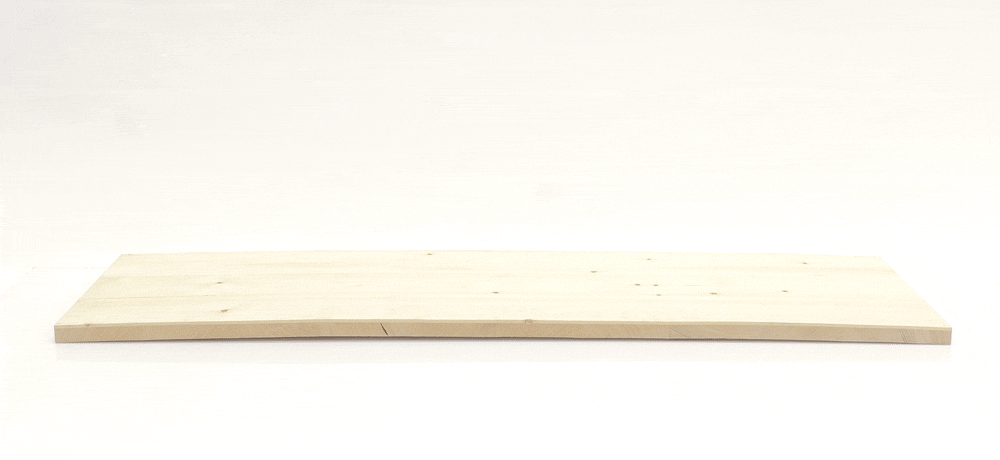
DesignWanted had the chance to interview Dylan Wood, a Research Associate at the ICD – University of Stuttgart, to learn about the challenges behind the construction of the Urbach Tower, its cost of realization and the future perspectives for self-shaping wood:
What is the purpose of the Urbach Tower?
Dylan Wood:
“The tower is designed as a landmark as well as a place of resting and reflection for the Municipality of Urbach. It is part of 16 ‘stations’ spread throughout the Rem Valley in southern Germany that have been constructed as part of the Remstal Gartenschau 2019.
From another perspective, we want the project to demonstrate new potentials for wood as a highly sustainable building material. We hope the building will inspire the use of wood, for new types of architecture and high performance structures, where materials like concrete and steel are typically used.”

The invention and realization of this technique opens up to numerous architectural possibilities: what are its main advantages and disadvantages?
Dylan Wood:
“By understanding and harnessing the shrinking and swelling in the wood we can create highly curved CLT (cross laminated parts) using thick wood boards and with minimal form-work or mechanical bending.The process is adaptable, meaning that we can create a range of curvatures using the same standard well known manufacturing processes used for decades in the timber industry.
For architecture, curved parts are often preferred for their aesthetics and at the same time increasing the structural performance, enabling to reduce the thickness of the load bearing components. The disadvantages are mainly that this is a new technology and it takes time to learn how we can use it in the industry.”
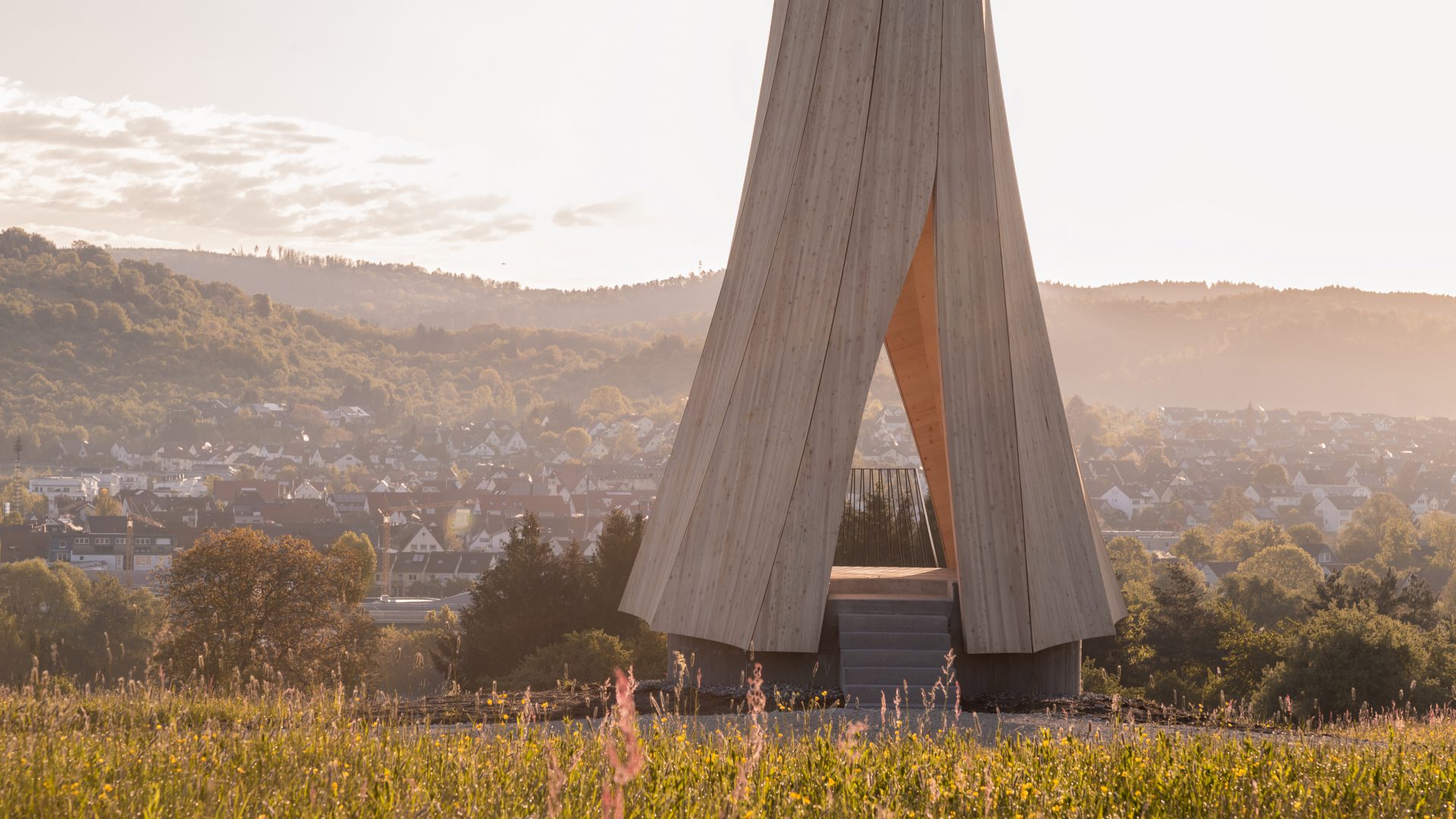
Is the production technique open to be shared with other designers or does the University of Stuttgart have a patent on it?
Dylan Wood:
“The University of Stuttgart and our research partners at ETH Zurich and Empa in Switzerland have applied for a patent on the manufacturing process.”
The process for self-shaping-wood is completely new and highly innovative: what were the biggest challenges you faced in the realization of the Urbach Tower?
Dylan Wood:
“The biggest challenge is not technical but in changing the way we think about the material, especially with building materials that have been used for centuries. It’s a challenge to convince a skilled carpenter to think differently, when for decades he or she is taught that the moisture change is a problem.
Luckily we work with an amazing forward thinking team at Lehmann Holzwerk AG, and Blumer Lehmann AG in Switzerland that are excited to take on this type of challenge and the risks. On a technical level the natural variability of a material like wood is the biggest challenge, but the digitization in the timber industry is very advanced compared to the rest of the building industry.
We know more and more about each specific log and in this project just switch from searching for defects to sorting for slightly different parameters.”

What was the overall cost of realization of the Urbach Tower?
Dylan Wood:
“The material costs are comparable to normal CLT production; we don’t use any super special wood or fancy glue. On paper, labor costs are reduced because the parts shape themselves and are produced flat, which is must easier and faster than working with curved parts.
They also all shape at the same time which can be an advantage in manufacturing workflow. Overall the cost of the curved CLT is comparable to that of standard products, and yet higher quality: higher curvature parts can be produced with less material waste and less energy.”
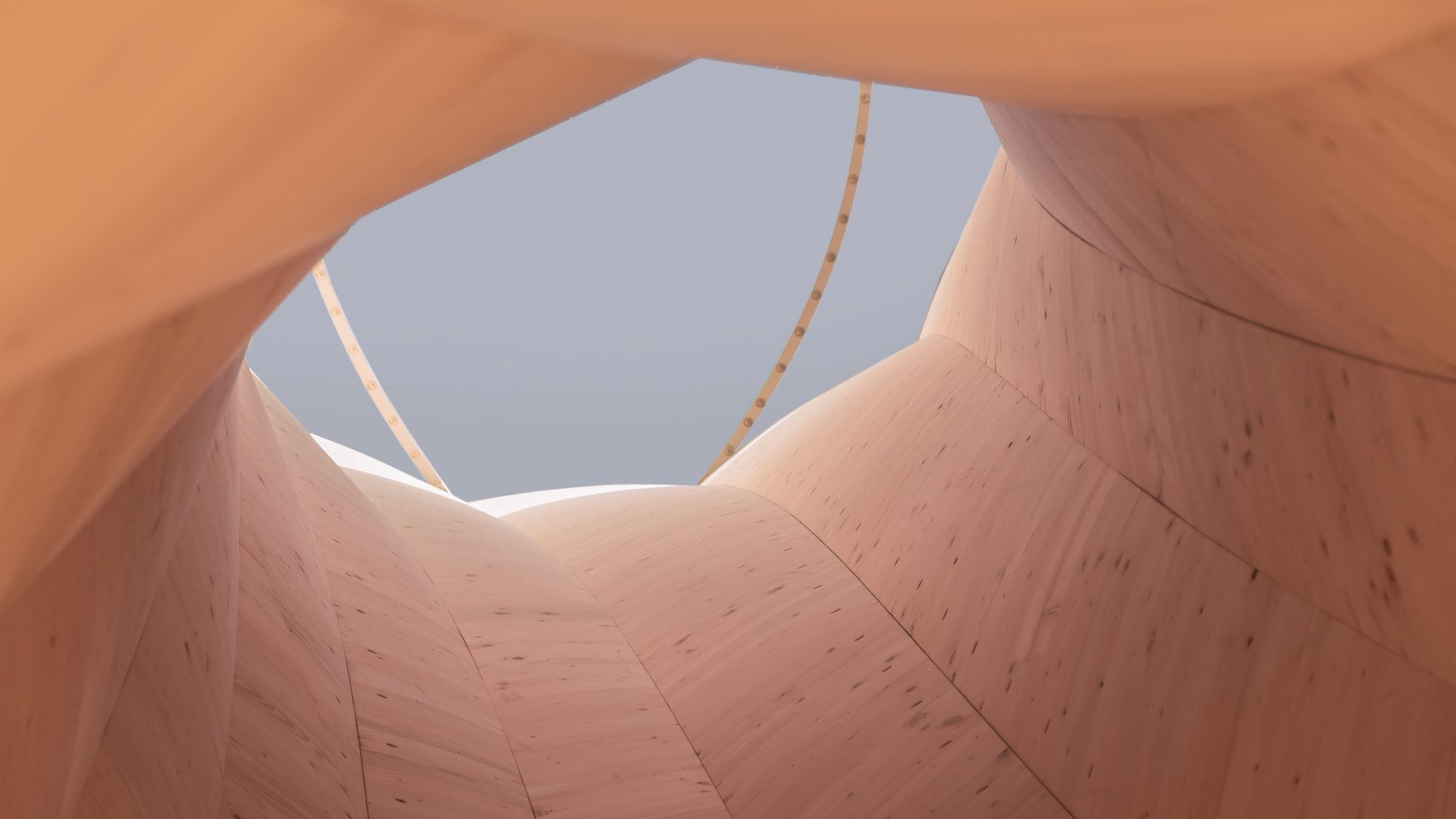
What do you consider an alternative to the self structured wood technique? What kind of material are you directing competing with?
Dylan Wood:
“On a product level we are competing with mechanical bending and lamination of curved parts. These require a heavy form-work, typically 2 to 3 times the size of the actual part, and bending of the wood by machine or worker.
As curvature and complexity increases, smaller and smaller thickness and cross sections are required to allow bending into the correct shape. Costs and material waste increase exponentially with curvature and complexity.”

















